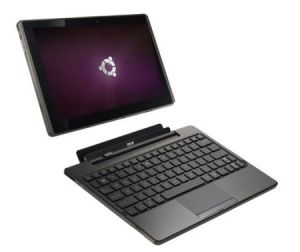Recently the upgrade to the
firmware 4.0.5 (Android 4.0.3) from Android 3.2, which brought along many welcomed improvements and changes, was released by Archos. At least I haven't seen annoying blinking of the right down corner section when connecting to a host machine to tell USB charging status?
In Settings -> About tablet -> System updates, you may upgrade your tablet to this version automatically online or download the
firmware 4.0.5 and
use the recovery mode to install this firmware by "Update Firmware". However your previous root may not work. Thanks to
surdu_petru from xda-developers.com who developed a tool for new rooting.
After the tablet is
SDE enabled, the procedures are:
- Download ICS_405.zip and drive_405.zip and unzip;
- Connect the tablet to your host machine and start adb by "adb devices";
- Copy archos.ext4.update into Internal Storage by "adb push archos.ext4.update /data/media";
- Power off your device;
- Boot into recovery by holding the volume rocker down and pressing the power button simultaneously you should now be in Recovery mode and select "Developer Edition Menu";
- Remove Android Kernel" (if the option is present, if not, skip);
- Select Flash Kernel and Initramfs;
- Copy zImage and initramfs.cpio.lzo to the drive that appears;
- Reboot your device. Your device should now be rooted.
According to the author, this root version works on all tablets generation 9 and is stable and can be used as a daily ROM!
If the tablet is not booting for some reason, you still can use the recovery mode to reinstall the
firmware 4.0.5 by "Update Firmware" again.

